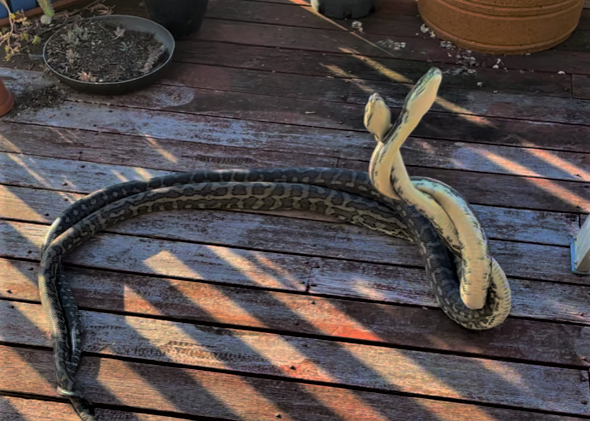If you suffer from ophidiophobia, your fear of snakes may be about to climb through the roof.
A Sunshine Coast snake catcher wants to ensure local residents aren’t caught off-guard as early spring-like weather sees the slithery reptiles on the move in greater numbers.
And multiple males openly fighting over females may become a common sight as breeding season begins.
Luke the Snake Catcher’s Luke Huntley said he had had a busier-than-usual August, with calls and text messages seeking his assistance to remove snakes from homes and properties.
And the snakes are being encountered anywhere and everywhere.
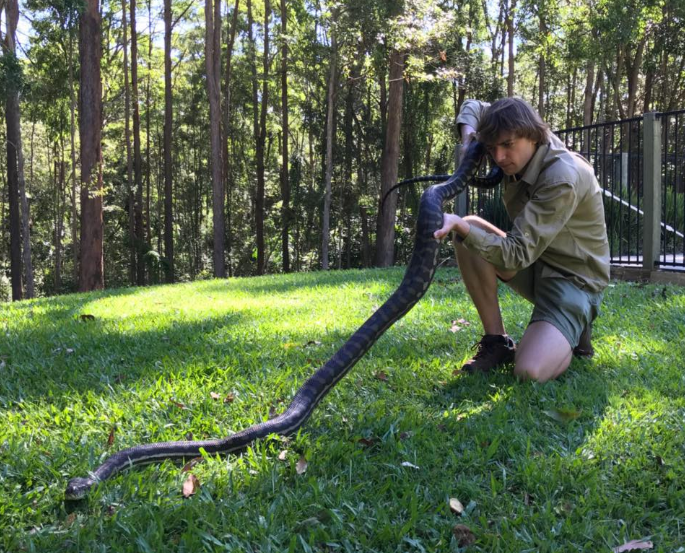
“In the last couple of weeks, snake season has definitely started,” he said.
“I’ve gone from getting sporadic sleepy pythons to getting a good amount of calls every day.
“It’s still technically winter at the moment. Some days are busier than others and it will continue to get busier as the weather gets more consistently warmer.
“We’re looking for an ambient temperature of about 23 degrees Celsius and over. As long as you have that kind of consistency and upwards through the days, you’re going to be getting a lot of snake activity.”
SUBSCRIBE here now for our FREE news feed, direct to your inbox daily.
From roadkill to mating couples on decks and in gardens, or males fighting while entwined on roofs, the Coast’s snakes are becoming much more visible, following the early spring-like weather.
Luke, who has been running his Noosa-based snake-catching business for seven-and-a-half years, said the reptiles went into brumation rather than hibernation during winter in our subtropical region.
“Snakes on the Sunshine Coast do not hibernate – it is way too warm,” he said.
“The snakes basically sleep on the cold days, and they go and get some sun, maybe have a drink of water, or think about a warm snack in the middle of winter for a week.
“On a cold day, they won’t move. They’ll just sleep in whatever they’re curled up in.
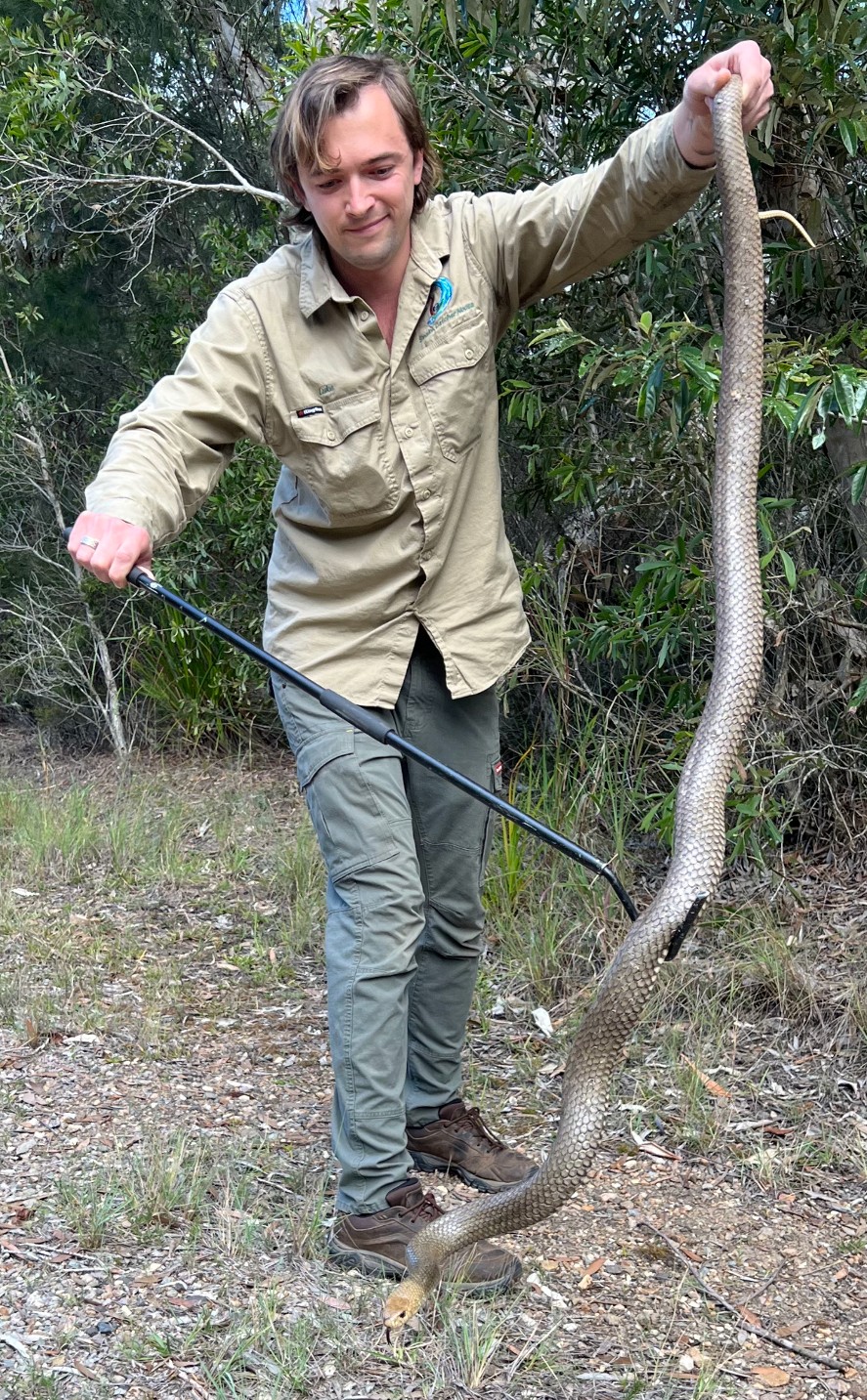
“On a warm day, they’ll come back out. Spring sometimes hits really fast. We’ll have these really cold, still days, then that big spring wind comes through and then all of a sudden, the snakes are more active and then you’re getting texts and calls going, ‘Hey, there’s pythons moving around. I can hear things in my roof’, or ‘there’s two snakes out on my deck and they’re a little bit tribal: their heads are up’ and you’re like, ‘Oh yep, spring’s here. Breeding season’s here’.
“With the boys out looking for the girls, unfortunately you do see a little bit of roadkill.”
Luke said that coming into spring and the snake-breeding season, the females would start to ovulate, putting out an aroma to attract the boys.
That’s why residents were more likely to see snakes closer to home rather than just in the bush at the moment.
“At this time of year, the males will travel great distances to find a female,” he said.
“The snakes that you see out and about will look like they’re looking for something or they’re cruising through (gardens) or going across (paths) or going up into roofs.
“That’s really common – boys going up and climbing into a roof where the girl is. With the pythons, that’s standard procedure for snakes around this time of year.”
Like stories about Sunshine Coast people doing great things? Help us deliver more by registering for our FREE daily news feed. All it requires is your name and email at the bottom of this article.
Luke said that occasionally, one male would find the female and mate. But especially in some breeds, the female would likely have multiple suitors – with some intriguing consequences.
“Often, boys converge at the female at the same time and then they’ll have a fight over her to see who’ll win,” he said.
“Brown snakes, red-bellied blacks, carpet pythons and in fact the majority of snakes will have that combatting ritual to mate with the female.
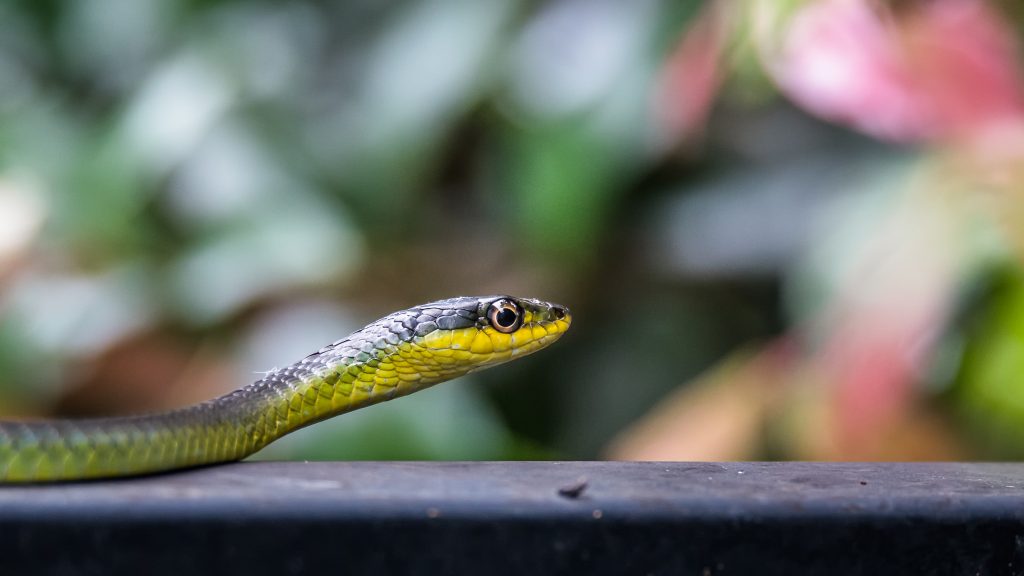
“Tree snakes and keelbacks, they tend to create a bit of a mating ball. Even though there’s only one male that’s actually mating with the female, none of the other boys know that. They all want a go.
“Often you’ll find a big female in roofs during breeding season and there’ll be 10 boys trying to mate with her at the same time, but only one is technically mating with her and doing the proper job.”
Luke said the snake-breeding season lasted about three months, and he had already been called out to “a couple of fighting pythons”.
It seems nowhere is safe.
“I wouldn’t rule any spot out for a snake at this time of year,” Luke said.
“Snakes do the most random things. They go to the most unusual spots and this time of year, snakes will be out and about.
“The boys are out looking for the girls and girls like to sit in things. They love roofs, they love log piles, sheds. Brown snakes love to sit under concrete slabs, log piles, roofing iron laying around, and stumps.
“Snakes love to sit in those kinds of places. If you have got that kind of stuff sitting around, there might be a female there.”
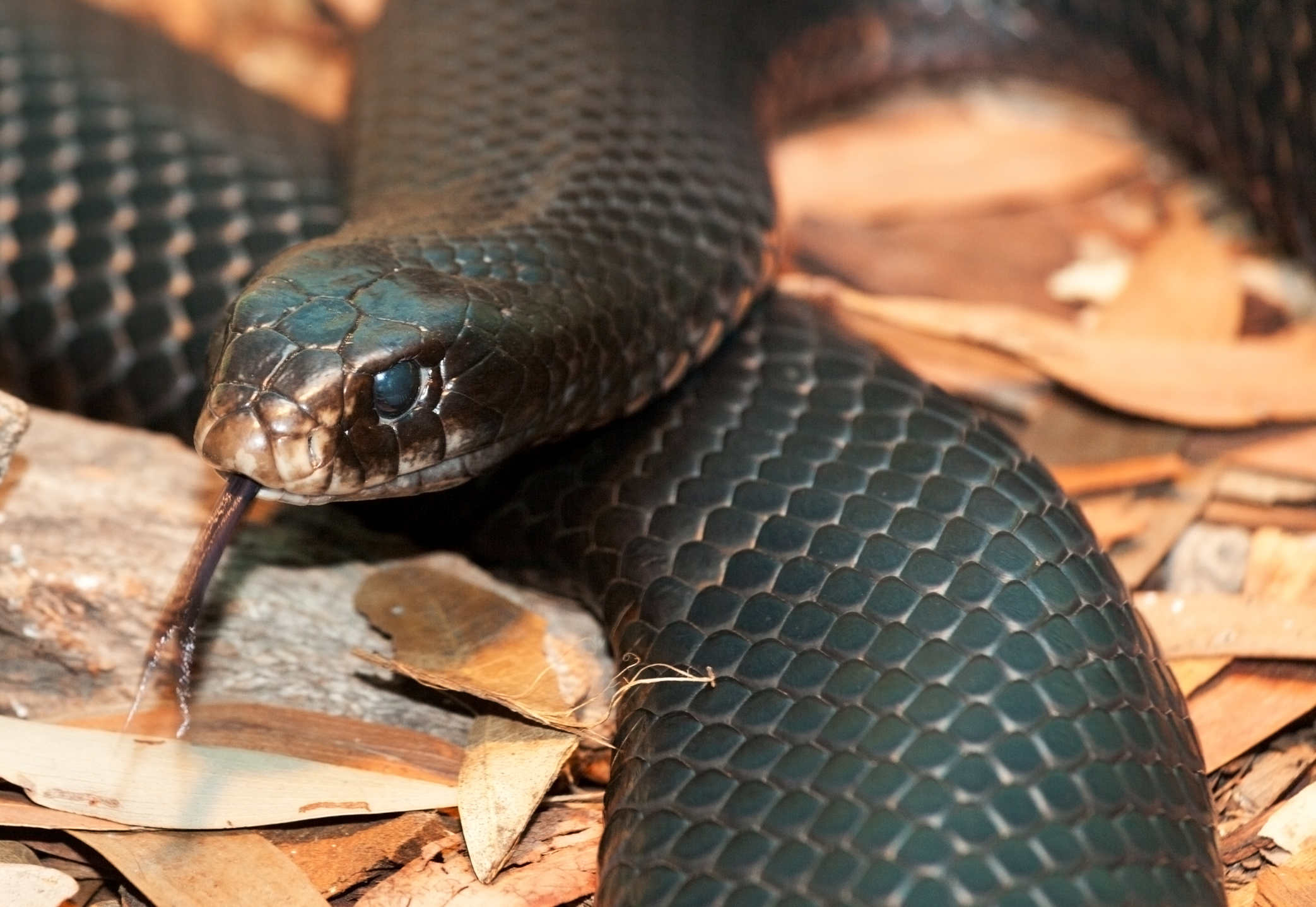
And where there is one snake, there may be two or more during breeding season.
“Usually snakes are very, very solitary creatures,” Luke said.
“But during spring and breeding season, yes, there will often be more than one snake around.
“They’re all independent but at this time of year, if you’ve got one snake, you might have another one.
“It could just be a boy passing through, it could be a female and she’s already pregnant. But often there’s going to be a few more of the same snake species, generally speaking.”
At this time of year, the most venomous snakes Sunshine Coasters could encounter are red-bellied black snakes, as well as the “mildly venomous” yellow-faced whip snake.
The fast-moving, easily defensive brown snakes – responsible for more deaths every year in Australia than any other group of snakes – become the most active in October.
“It’s probably the one month of the year that brown snakes are predominant. That’s by far when all the snake catchers on the Coast, including myself, do all the brown snake videos when we’re out,” Luke said.
Local journalists supporting local people. Help keep independent and fair Sunshine Coast news coming by subscribing to our FREE daily news feed. All it requires is your name and email at the bottom of this article.
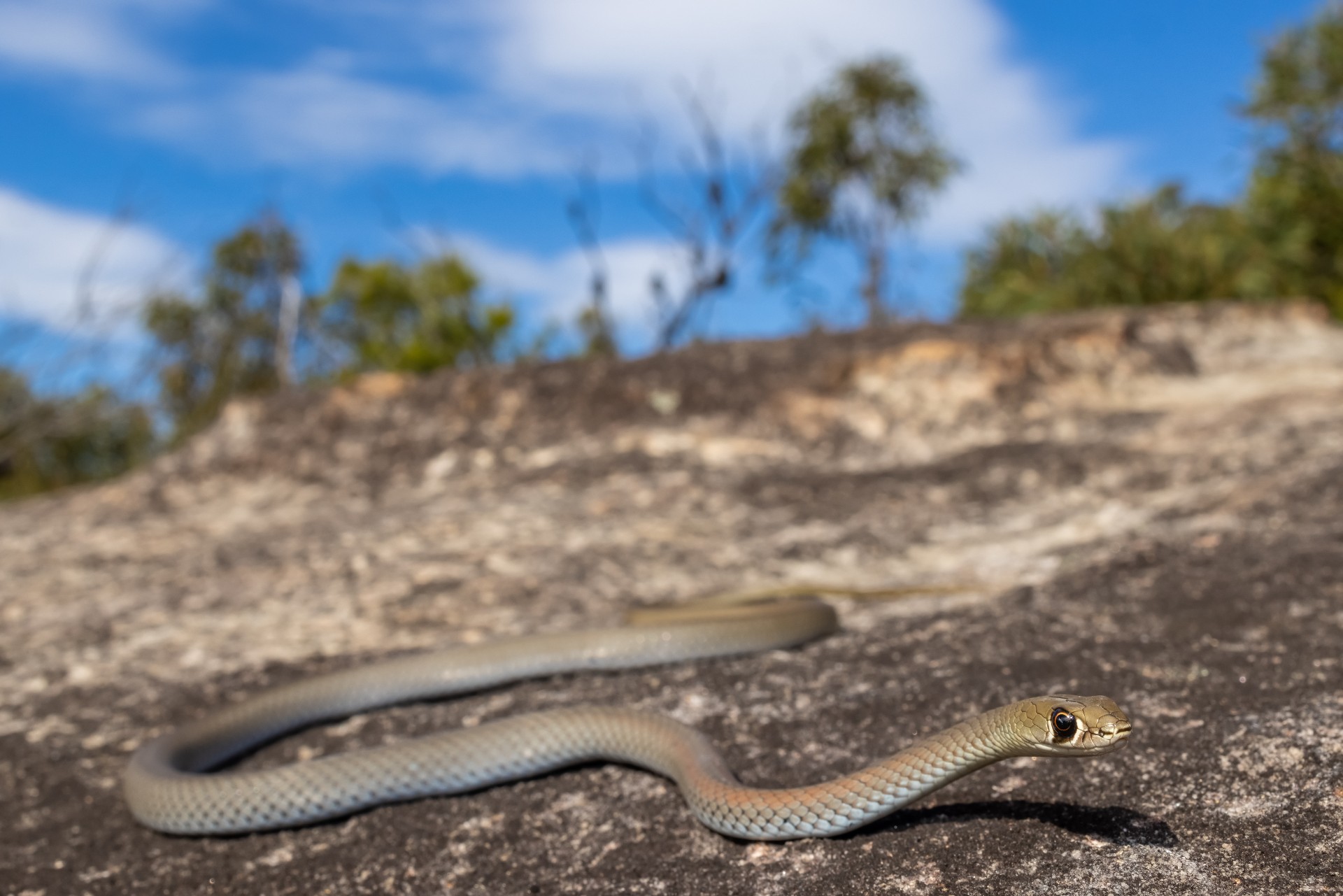
Since January this year, Sunshine Coast Health facilities have had 75 snake bite presentations.
The health service reported 129 local snake bite victims in 2022, with 61 of those – almost half – presenting to emergency departments from September to December, which was 19 more than the corresponding period a year earlier.
The good news is, if you find yourself on the wrong end of a venomous snake bite, help is available.
A spokesperson said all Sunshine Coast Health hospitals were equipped with polyvalent antivenom.
“The species most commonly recorded in Queensland as being the cause of snake bite presentations to hospitals are brown, black, tiger and taipan snakes, with the majority of cases being due to brown snakes,” the spokesperson said.
“Although snakes can be encountered throughout the year, they are more active during the warmer months.
“All snake bites should be treated as an emergency with people attending hospital as soon as possible, though not all snakes are venomous.
“It’s important to learn early, effective first-aid if you or a family member is bitten, especially if bushwalking in a remote area.”
WHAT TO DO IF BITTEN
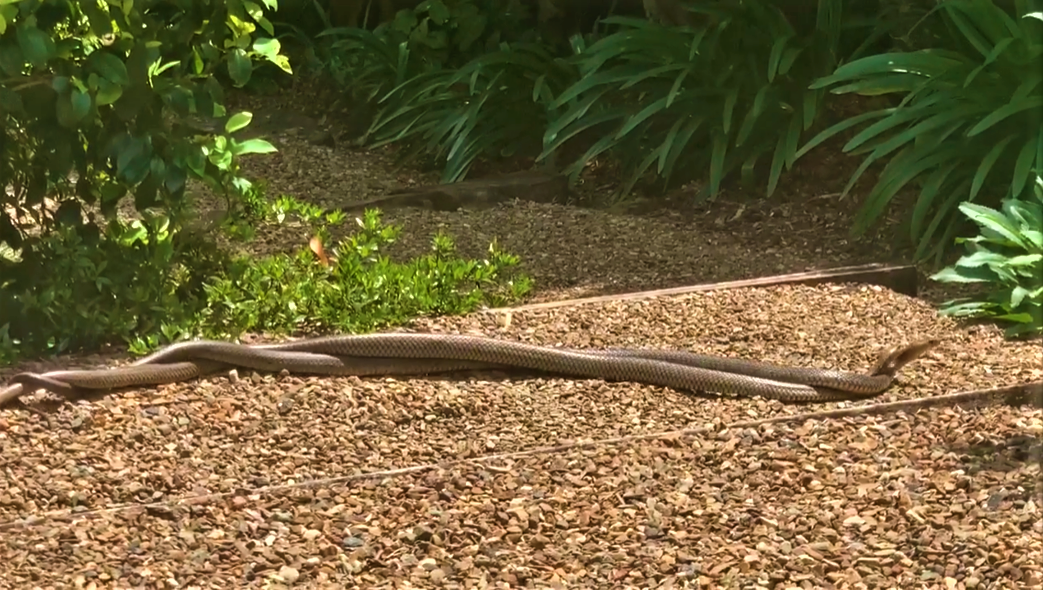
If a person has been bitten by a snake or has a suspected snake bite:
- Check their airway, breathing and circulation. If the patient has collapsed, start CPR immediately.
- Call 000 for an ambulance to the emergency department of the nearest hospital. Treat any snake bite as an emergency, regardless of whether you think the snake was venomous or not.
- Don’t attempt to drive yourself to hospital or walk. Sit or lie down, and stay as still as possible.
- Apply a pressure immobilisation bandage as soon as possible. Apply a firm bandage over the bite site, and then cover the entire limb.
- Immobilise the limb using a splint. Any rigid object may be used as a splint, such as a spade, piece of wood or tree branch, or rolled up newspapers.
- Keep still and try to remain calm.
People can reduce their chances of encountering snakes by keeping their doors and windows and screens closed whenever they can. Keep grass around the house cut and remove piles of building materials and garden debris from around the house.
Help us deliver more news by registering for our FREE daily news feed. All it requires is your name and email at the bottom of this article.


